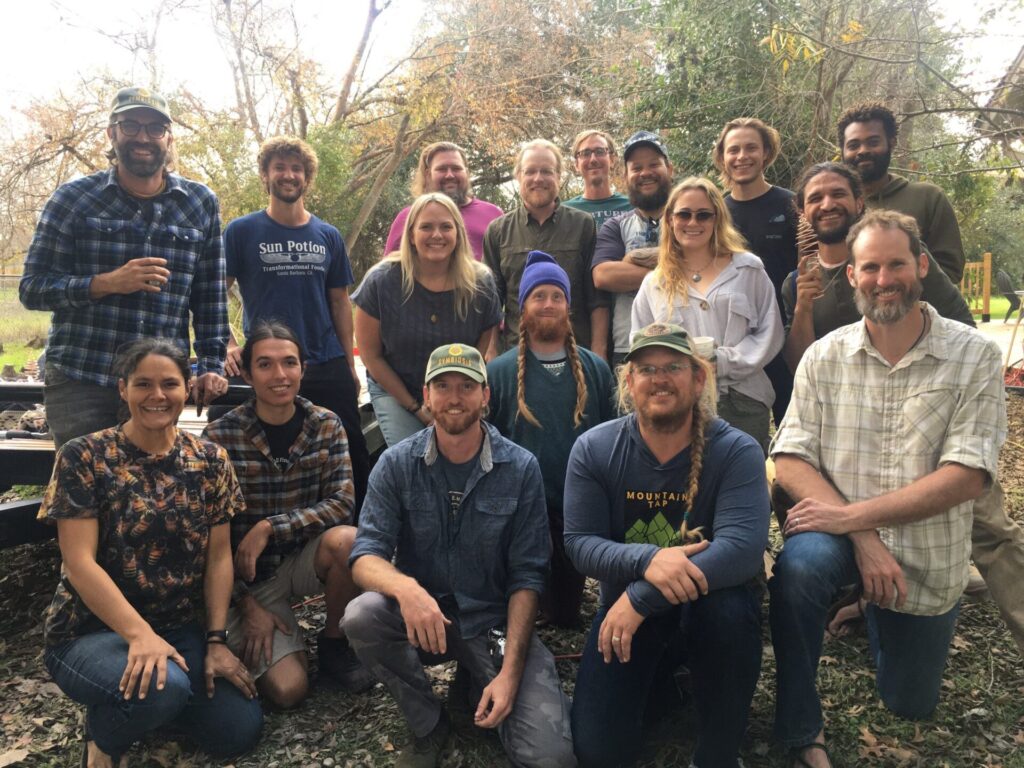This month we at Symbiosis Regenerative Systems care to share some of our design systems that empower us to find the right solutions. We work with a myriad of different types of client goals and properties that contain multitudes of diverse ecosystems. From high caliche hill country Juniper and Oak forests in the west, to low blackland prairie black soils and sandy mesquite forests to the East, we have much to consider before we can answer the question of what should I do here?
Harvey Lyle states, “the focus on regenerative systems is not so much a focus on technology as it is a deeper concern for shaping an integrative and mutually supportive relationship between humans and nature.” we at Symbiosis accomplish this integration with three fundamental design frameworks.
First, is creating a holistic goal through the methods laid out clearly by Holistic Management International and the Savory Institute. We have to know what we and all decision makers value, personally, financially, aesthetically, generationally, emotionally, and spiritually before we can attempt to design a solution that works for some one and their very specific and unique context. Once this has been discussed with all parties involved, then and only then, can we begin to design an actual plan of action looking toward what do we want our lives to look like in 20 years and how do we get there starting with a phased process. Acknowledge what you don’t want, but design for what you want!
Secondly, we have to know the principles that lead to a regenerative system. Permaculture principles are a guiding force here.
The 12 Principles of Permaculture Design
- Observe and interact
- Catch and store energy
- Obtain a yield
- Apply self-regulation & accept feedback
- Use & value renewable resources & services
- Produce no waste
- Design from patterns to details
- Integrate rather than segregate
- Use small and slow solutions
- Use and value diversity
- Use edges & value the marginal
- Creatively use and respond to change
Each of these principles can be accomplished many ways as long as the solution is aligned to your specific agreed upon holistic goals. Some clients have the urgency and financial ability to pay us to masterplan design and install an entire regenerative system over weeks, months, and years. Others care to build the relationship with their land on a shoestring budget using slow simple solutions. The context drives the methods used but the guiding principles remain constant.
Finally, the Regrarians handbook, http://www.regrarians.org/regrarians-handbook/ is an incredible resource of the many methods available, and most importantly the order of operations in which to design and implement them. The Regrarians platform works on the principle of Scale of Permanence. We begin with the element that is the most permanent and takes the longest to change first. This handbook is organized in 10 chapters from the most permanent to the least: 1.Climate, 2.Geography, 3.Water, 4.Access (roads and paths), 5.Buildings, 6.Forestry, 7.Fencing, 8.Soils, 9.Economy, 10.Energy. Please join us in this regenerative design revolution once you have familiarized yourself with these foundational resources.

